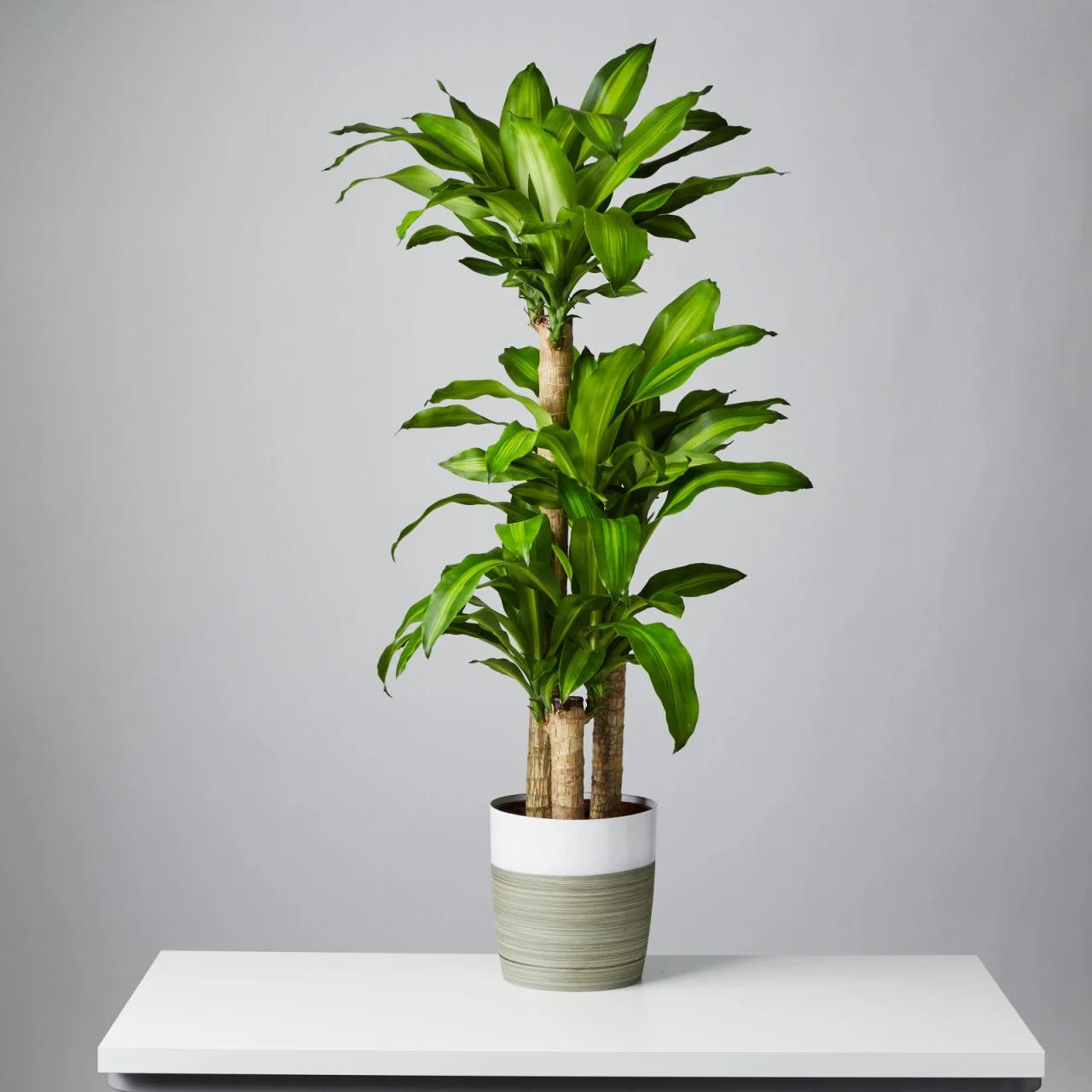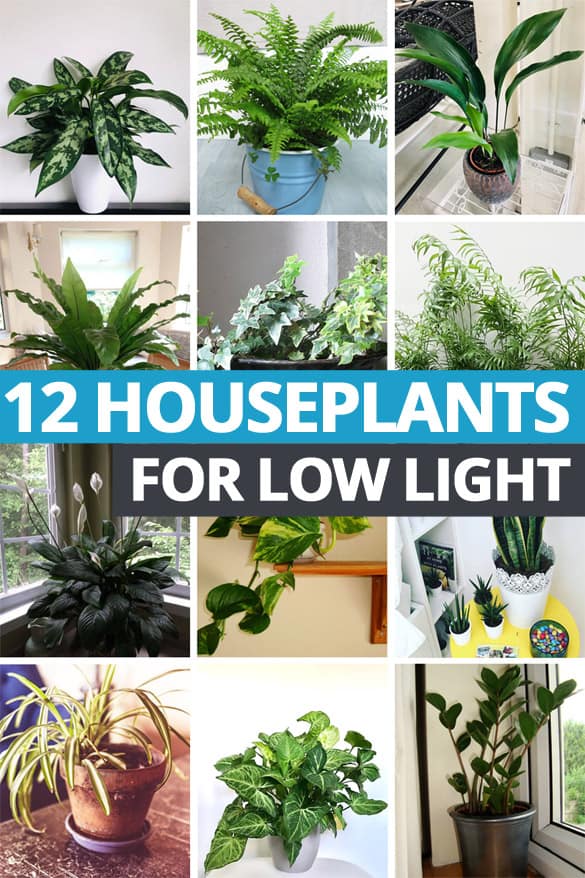Create a Lush Indoor Oasis with the Best Low-Light Indoor Plants
Create a Lush Indoor Oasis with the Best Low-Light Indoor Plants
Blog Article
Transform Your Home With Beautiful Low-Light Indoor Plants and Their Advantages
Including low-light indoor plants right into your home can significantly improve both the aesthetic and ecological quality of your living spaces. These plants, which thrive in dark problems, offer not only as ornamental elements yet additionally as all-natural air purifiers, making them optimal for metropolitan occupants or those with minimal sunshine exposure. As we check out the various kinds of low-light plants and their advantages, you may locate unexpected ways to incorporate them right into your home that can change your surroundings in ways you might not have actually anticipated.
Advantages of Low-Light Plants
Low-light plants provide many advantages for interior environments, making them an outstanding choice for both amateur and skilled garden enthusiasts. One of the key advantages is their versatility to low-light conditions, permitting people to boost their space without the demand for considerable sunlight direct exposure. This particular makes them perfect for homes, offices, and various other locations with restricted natural light.

Additionally, including low-light plants right into home décor can elevate the aesthetic allure of a room. Their lush vegetation and varied textures develop a calming atmosphere, adding to total well-being. Finally, the presence of plant has been connected to minimized stress degrees and enhanced efficiency, making low-light plants a practical choice for improving both mental and physical health in interior settings.
Leading Low-Light Indoor Plants
While lots of indoor plants thrive in intense light, several species are specifically appropriate for low-light problems, making them optimal for various indoor spaces. One popular selection is the Snake Plant (Sansevieria), known for its striking upright leaves and resilience, calling for very little treatment. Another excellent choice is the Pothos (Epipremnum aureum), which features heart-shaped leaves and can route perfectly from shelves or hangers, growing in low light and adding a lush touch.
The ZZ Plant (Zamioculcas zamiifolia) is commemorated for its shiny fallen leaves and ability to endure neglect, making it best for hectic way of livings. The Tranquility Lily (Spathiphyllum) not just endures reduced light yet also produces sensational white flowers, boosting any type of room's visual.
For a distinct touch, take into consideration the Cast Iron Plant (Aspidistra elatior), which certainly meets its name, thriving in the darkest edges of your home. Lastly, the Chinese Evergreen (Aglaonema) offers a selection of leaf patterns and colors while being extremely forgiving in low-light conditions. These plants not just improve interior settings but additionally add to air purification, improving your home.
Treatment Tips for Low-Light Plants

Sprinkling practices are vital; these plants commonly choose a little dry problems. Overwatering can result in root rot, so ensure that the leading inch of dirt is completely dry before sprinkling again. Usage pots with drainage openings to enable excess dampness to leave.
Moisture is another crucial factor. Many low-light plants, such as brushes and tranquility lilies, take advantage of greater moisture levels. To boost humidity, take into consideration misting the leaves or putting a tray of water near the plants.
Fertilizing browse around this web-site should be come close to about his with care. During the expanding period, use a thinned down, balanced liquid plant food on a monthly basis to sustain development, but avoid feeding throughout the inactive wintertime months.

Creative Ways to Show Plants
Interior plants can act as fascinating centerpieces in any room, enhancing both aesthetic charm and atmosphere. Imaginative display screens can elevate the visual effect of low-light plants, making them an indispensable component of your home style. One reliable method is to utilize tiered plant stands, which enable you to showcase several plants at varying heights while optimizing flooring area.
Hanging planters are an additional innovative alternative, developing a feeling of deepness and drawing the eye upward. Think about macramé hangers or wall-mounted shelves to introduce a distinct texture and design.
For an extra organized strategy, usage geometric terrariums or glass containers to house your plants, including a contemporary touch to your indoor garden. You can also repurpose vintage products, such as teacups or wood cages, for an eclectic display screen that mirrors your character.
Enhancing Home Ambiance With Plants
Incorporating low-light plants into your home not only boosts visual appeal yet likewise contributes substantially to the total setting. These plants offer as natural decor components, introducing a sense of peace that can transform any kind of space. The existence of plant promotes a soothing atmosphere, which is specifically useful in high-stress environments such as home offices or living rooms.
Low-light plants, such as snake plants, pothos, and ZZ plants, are not just visually pleasing but additionally boost interior air quality by filtering system contaminants. This twin function boosts the atmosphere better, producing a healthier space (Best low-light indoor plants). The tactical positioning of these plants can also influence the assumption of area; for instance, tall plants can attract the eye upward, making ceilings appear greater and rooms a lot more large
Furthermore, differing appearances and colors Best low-light indoor plants of foliage include deepness to interior decoration, enabling for creative expression in home styling. Whether put on racks, in corners, or as centerpieces, low-light plants can boost the mood of any space. In recap, incorporating these plants into your home is an effective method to cultivate a warm, inviting environment while profiting of improved air quality and visual flexibility.
Conclusion
Including low-light indoor plants into home environments uses countless advantages, including enhanced aesthetic appeal and enhanced air high quality. These durable plants, such as the Snake Plant and Peace Lily, need very little light and upkeep, making them appropriate for diverse lifestyles. Their capability to filter pollutants adds to a healthier space, while their varied textures and shades enrich interior design (Best low-light indoor plants). Inevitably, the incorporation of low-light plants cultivates a calm and welcoming ambiance, transforming any type of home right into a relaxing oasis.
While lots of indoor plants grow in brilliant light, several varieties are specifically fit for low-light problems, making them excellent for different indoor rooms. One efficient technique is to make use of tiered plant stands, which permit you to display several plants at varying elevations while taking full advantage of floor room.
Low-light plants, such as serpent plants, pothos, and ZZ plants, are not just visually pleasing yet likewise boost indoor air quality by filtering system pollutants. Best low-light indoor plants. The critical positioning of these plants can also affect the perception of room; for instance, tall plants can attract the eye up, making ceilings appear greater and rooms extra spacious
These resistant plants, such as the Snake Plant and Peace Lily, call for marginal light and maintenance, making them appropriate for varied lifestyles.
Report this page